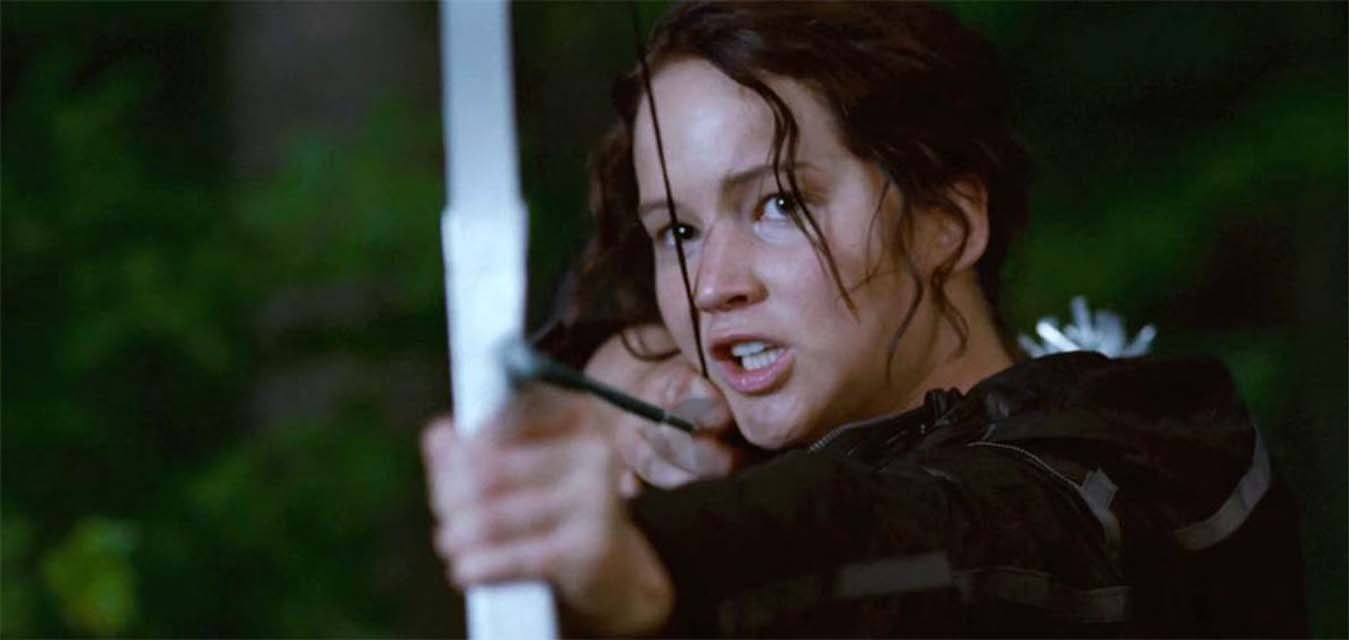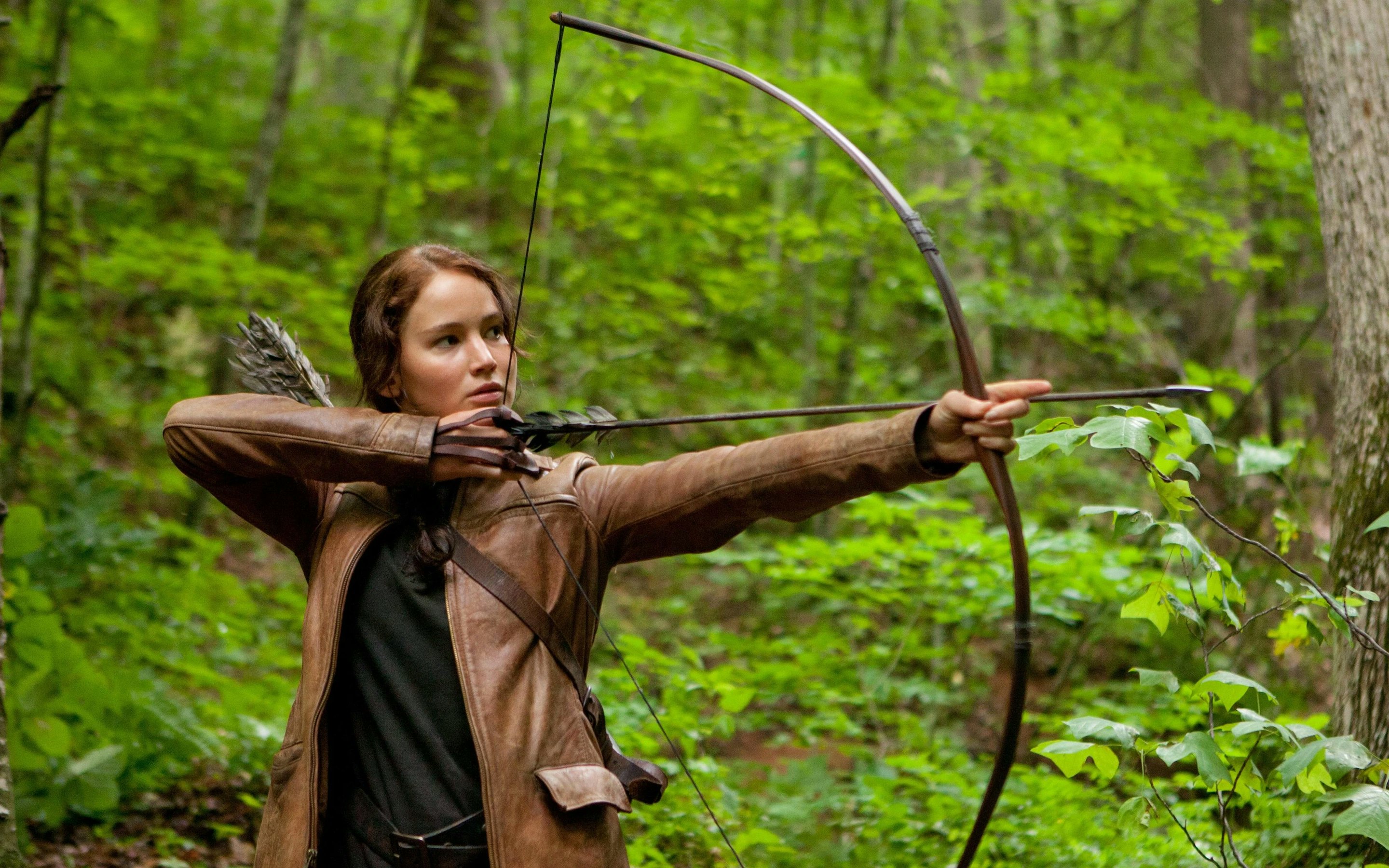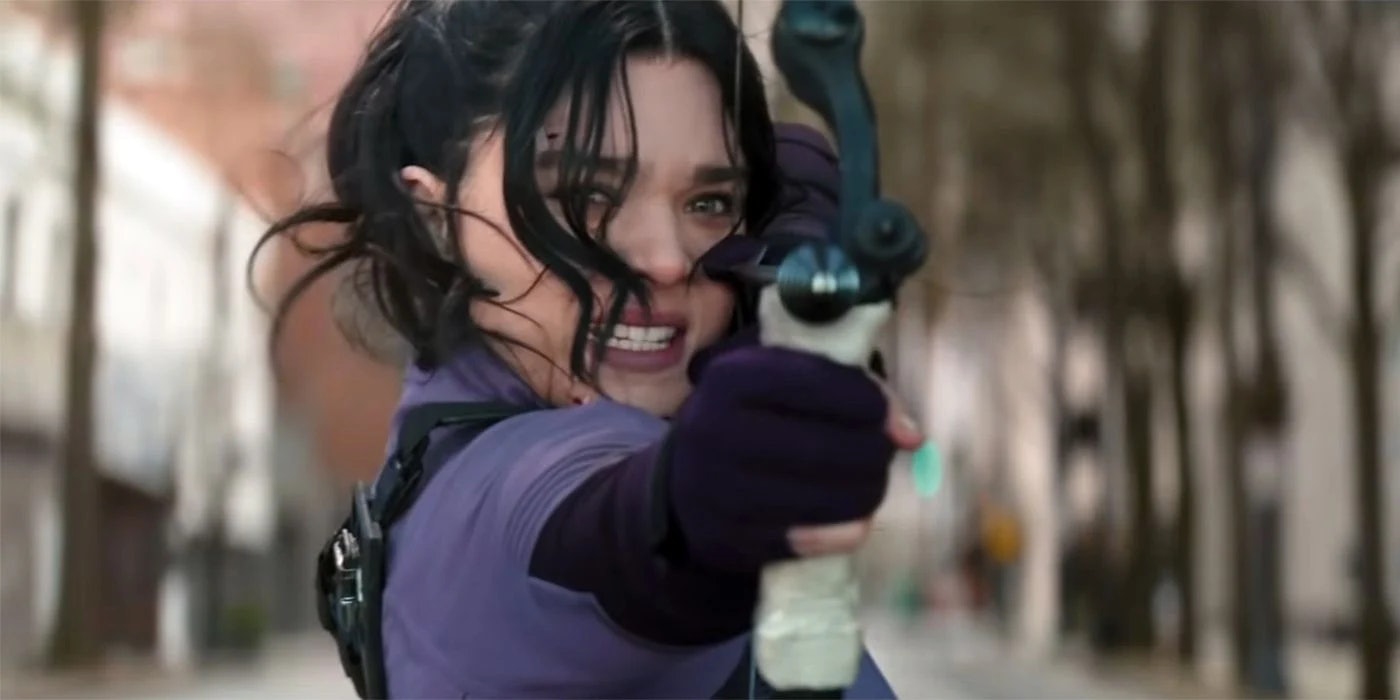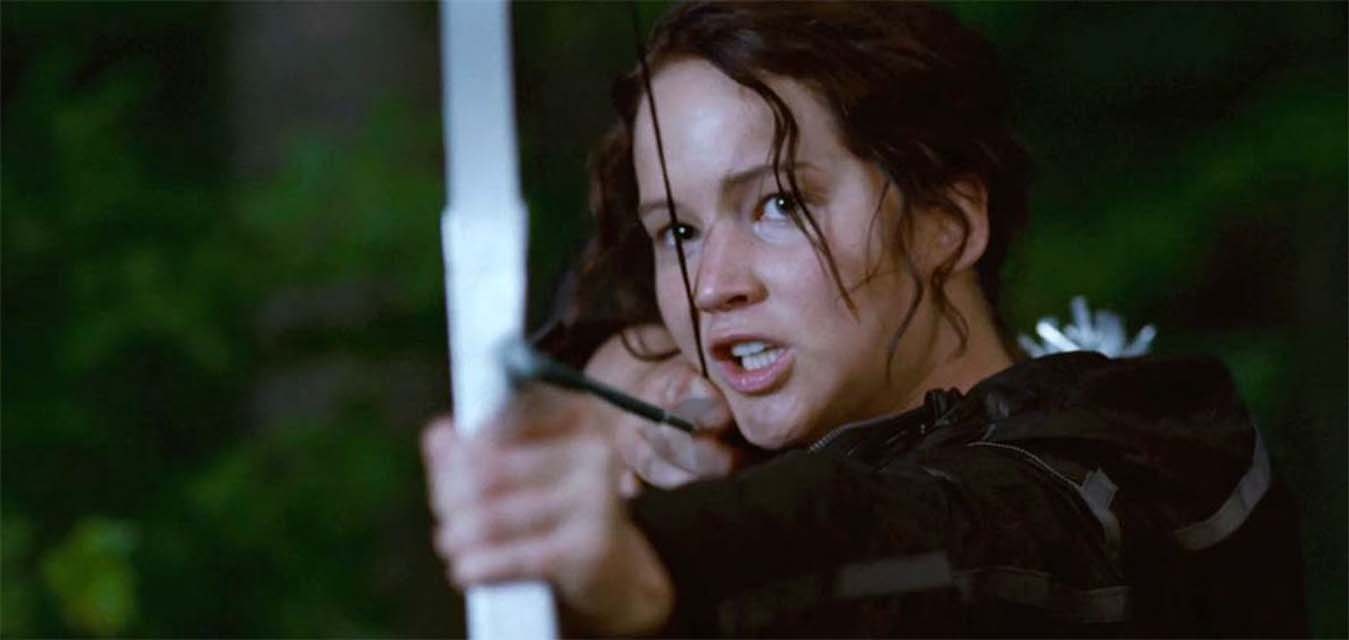
When The Hunger Games first hit screens in 2012, fans and casual viewers alike were divided — based on what each found bothersome about the adaptation of Suzanne Collins’ bestselling novel.
Some issues were more valid than others, like the criticism surrounding the casting of Jennifer Lawrence as Katniss, whose description in the book suggests the protagonist is non-white. Others complained that the story was a rip-off of Battle Royale.
The former was a missed opportunity for better representation. But the latter acted as something closer to gatekeeping as if cinema and storytelling haven’t always built upon previous films, motifs, and archetypes. Ten years later, the criticism against Lawrence’s casting still stands, but the dystopian blockbuster deserves more credit for its storytelling and the surprising legacy it left behind. The Hunger Games is more potent now than ever before, and its movie franchise initiated a shift in how Hollywood tells stories about young female fighters.

Katniss’s fear was palpable, her desire to survive admirable, and the fights she withstood painful to watch. Despite the movie’s flaws, The Hunger Games introduced a female action star, especially within an ensemble piece, that engaged directly with naked brutality. Like the boys, it was up close and personal. She wasn’t always fighting from a distance, despite her preferred weapon.
There’s the popular trope of “guys smash, girls shoot,” which speaks to how female action stars — across all mediums — are often distant, ranged fighters. When we look at characters such as Susan in The Chronicles of Narnia, Neytiri in Avatar, Serafina Pekkata in The Golden Compass, or even Merida in Brave, the films don’t show these female warriors embedding themselves in battle but instead removed from the primary action.
As most recently seen with Aloy in Horizon Forbidden West and Hailee Steinfeld’s Kate Bishop in Marvel’s Hawkeye, the female warrior has worn many titles and unsheathed many arrows. However, how they’ve done so and how they’ve been presented in action have changed monumentally from classical iterations to now.

The iconography of female archers is as old as Greek mythology, with Artemis, the daughter of Zeus and the goddess of the hunt, being immortalized through her archery. Posed to fight with their bows drawn and angled, Amazonians are another example of how tales of women archers have dated back centuries. Not a new phenomenon, women partaking in archery had long lived on bookshelves, film reels, and beyond, dating back to when the sport became one of the first modern Olympic competitions women were able to participate in during the early 1900s.
Meanwhile, male archers in the media exist, but it’s interesting to see how they’re depicted in contrast to their counterparts. The Lord of the Rings trilogy doesn’t match Orlando Bloom’s Legolas with the rugged intensity of Viggo Mortensen’s Aragorn. In Madeleine Miller’s novel The Song of Achilles, Paris is often described as having stereotypically feminine features, especially in comparison to Hector's effortless masculinity shrouded in divinity. While Jeremy Renner’s Hawkeye might not fit in with this crowd, he is hardly the standout hero among the Avengers.
If The Hunger Games had to be singled out for doing one thing, it’s the movie’s determination in allowing Katniss to take the hits and enact violence without being removed from the action.
The best sequence of the first film is when Katniss and the rest of the forced participants arrive at the platform where the games will commence. It’s taut and eerie; the sound cuts and waivers as the teens and children race for the cornucopia for the amusement of the wealthy. And it predictably ends in a bloodbath. Seeing Peeta run away — ever the pacifist compared to Katniss’s steely warrior-like determination — goes against what we’ve been taught to expect from this type of film.

Since The Hunger Games, more stories have explicitly shown (and not posed) young women as capable of brutality. Showtime’s Yellowjackets brings a new ferocity to how teenage girls are portrayed on television. Often described as Lord of the Flies crossed with Lost, the series is untethered from the rules about what female stories should be, following a high school soccer team who try to survive the wilderness (and each other) after a plane crash. Yellowjackets is gnarly and visually wretched from the very first cannibalistic episode.
More specifically, Katniss may have also affected how female warriors — especially archers — are depicted now. Perhaps there’s a reason why Kate Bishop in Hawkeye wasn’t just a terrific shot but an all-around strong athlete. Even better, she doesn’t just copy Clint Barton’s method of fighting but adapts it to elevate her physicality further.
While riding the high of other YA blockbusters like Twilight and Harry Potter, The Hunger Games felt like a breath of fresh air. Katniss may not be the most likable heroine we’ve ever gotten, nor should she have to be, but her willingness to bring a bow and arrow to a closely contained fight redefined the female action star forever.
The Hunger Games is currently streaming on Hulu.







